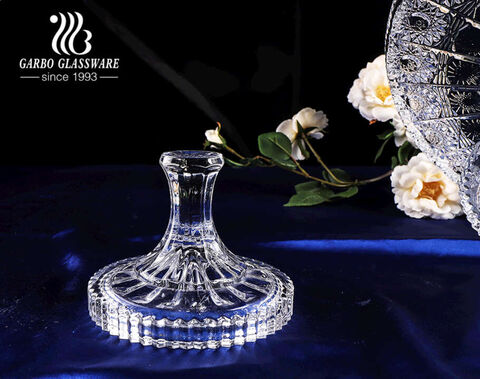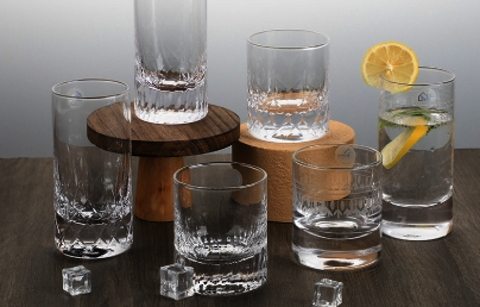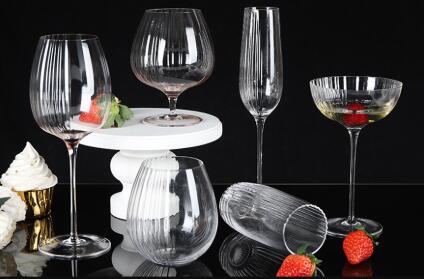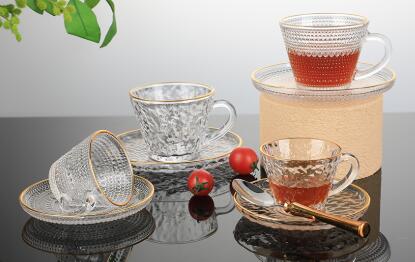How to identify the difference between crystal and glass?
Pulished on Sep. 30, 2021According to the feedback from the market, at present, transparent glass is pretending to be crystal on the market, and there is a kind of crystal that looks very transparent and translucent, which is cold processed and cut to make crystal jewelry for wholesale sale. It is also used for lettering, making signs, and other cheap handicrafts, so, how to identify the difference between crystal and glass?
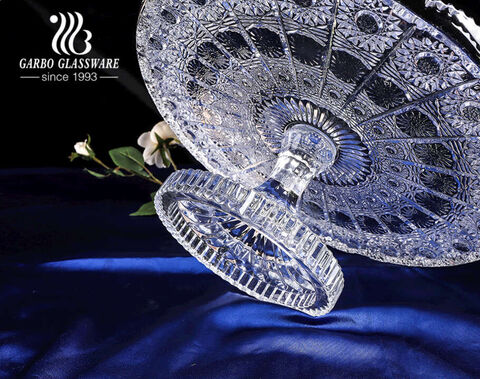
It can be said that at present, most fake crystals on the market are imitated with glass, but glass and crystal are also close relatives because the crystal is also glass, which is called "lead crystal glass". Compared with ordinary glass, it is mainly reflected in its high specific gravity and can reach 3.17g/cm3 (heavy feel), while ordinary glass only has 2.17g/cm3.
The refractive index is large, which can reach more than 1.545 (can transmit the colors of the spectrum), while the ordinary glass is only about 1.2; the light transmittance is high, it can reach more than 90%, and the hardness is high (wear resistance).
Secondly, the gap between the two is reflected in the price, crystal is often much more expensive than glass.
So what are the specific ways to distinguish between crystal and glass?
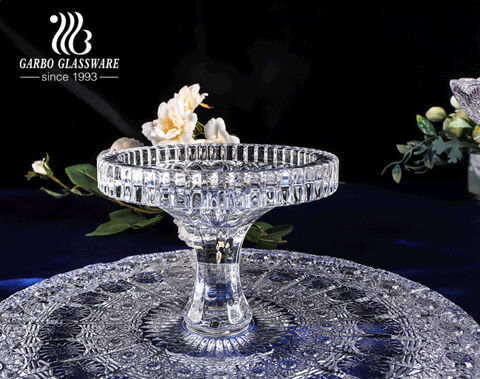
1. Listen to the sound: the voice of the real crystal is clear and crisp, and there will be a feeling of aftersound after the impact like metal, while the sound of glass imitation is heavy and unechoed.
2. Weight: true and fake crystals of the same size are heavier than those of glass, and those imitated by the glass are lighter.
3. Look at the refraction: in the same light, the refractive index of real crystal is higher than that of glass imitation, which can transmit different luster, while glass imitation crystal can not.
4. Specific hardness: real crystal is harder than glass imitation, so when you use real crystal to scratch the surface of glass imitation, it will leave a mark, but when you use glass to scratch real crystal, there will be no trace.
5. Looking at the light source: the real crystal can see a light, uniform, and fine horizontal grain or willow floc texture, while the false crystal is generally regenerated from residual crystal slag or glass, and imitated by polishing and coloring. You can't see uniform stripes and catkins-like texture in front of the sun.
6. Look at the color; however, the crystal color distribution is uneven, irregular flake distribution, there are gas-liquid inclusions; fake crystal color is uniform, all beads are the same.
The above methods analyze the differences between true and false crystals from different angles, but as ordinary people who are difficult to come into contact with crystals, they are still hesitant to distinguish and are not sure whether they are true or false crystals. Because although the methods of analyzing and identifying true and false crystals from all aspects are from experience, that is to say, only those who often come into contact with crystals have the feeling to distinguish them.
Not all natural crystals are the best. first of all, natural crystal mineral resources are limited, there are not so many natural crystals to supply the market, in addition, modern technology is changing the world, the crystal field is no exception, and as daily use of glassware, glass is also completely adequate.
